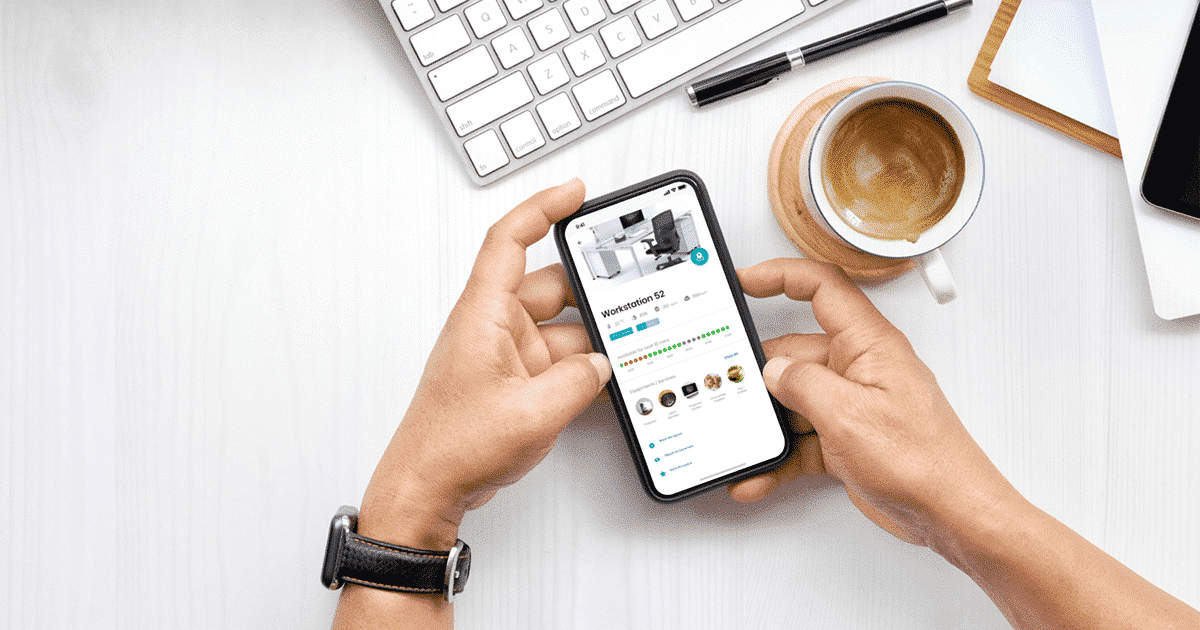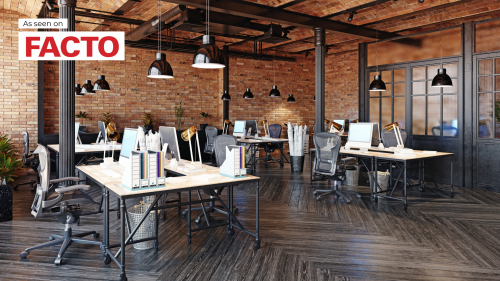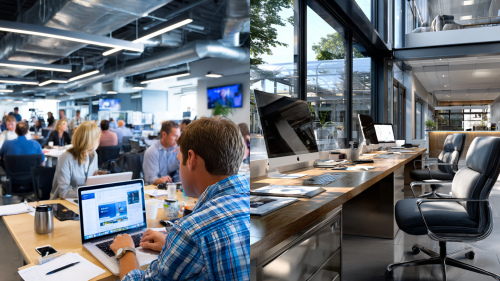Mobile apps are not new to facility management. But their focus is shifting. Gone are the days when facilities apps were mainly used by FM service teams, working around sites. Today, mobile apps are increasingly designed to benefit the entire workforce. One of the factors behind this evolution is…
The rise and rise of the smartphone
With 3 billion active smartphone users globally, there’s no denying the wild popularity of these devices. In our personal lives, we have come to rely heavily on our mobile, ‘always-on’ miniature computers and the apps running on them. They allow us to organize all aspects of our lives, from shopping and making payments to finding directions and myriad other useful functions. It’s only natural then that smart apps are also quickly finding their way into the world of work and facilities management. To contribute as much as possible to the performance of buildings and the success of their occupiers, mobile apps need to acknowledge all stakeholders in the facilities management arena, from service teams and facility managers to building users, to office space providers and landlords.
A mobile app for the changing workplace
Today’s digital technologies allow knowledge workers to be mobile and work virtually anywhere. But as humans, we also crave a sense of place and community. Moreover, to perform at our best and achieve common goals, we need workspaces that encourage vibrant interaction and sharing of ideas. Whilst also providing room for concentrated solo work.
As flexible office space becomes mainstream, the need for user-friendly tools to support it increases. Not surprisingly, IoT-enabled workplace mobile apps are already proving invaluable to improve human-building interaction and create a better workplace experience.
The ability to offer an attractive, agile, technology-supported workplace, therefore, becomes essential for business success. For employers, it’s an important asset in the war for talent. And for landlords, it becomes crucial to keep tenants happy and improve the prospect of lease renewal.
Optimizing the physical workplace environment
Lighting, temperature, noise, and air quality affect well-being and productivity in the workplace. Therefore, companies increasingly monitor the workplace environment through wireless IoT sensors. And then use these measurements to optimize indoor climate. With mobile apps, it even becomes possible to tweak the environment (e.g. temperature, ventilation, chairs, and desks) to user preferences. When anything malfunctions, building users can also easily provide feedback through the app.
A mobile app brings the workplace closer to its users
Personal assistance throughout the workday is a scenario that is becoming very popular. It enables staff, for example, to check space availability and book services on the go. Employees can reserve a parking space or lunch from home in the morning. Check their schedule and be notified when a visitor arrives. Get wayfinding directions and locate team members in a flexible work environment. Request a service or book a ticket on the fly, by scanning a QR code. Or receive personalized suggestions based on their history. All from their phones, and using a conversational interface, which makes it easy to navigate the workplace. An example of such an app is the COBUNDU Personal Assistant, which uses live sensor data and floor plan visualization to provide real-time guidance.
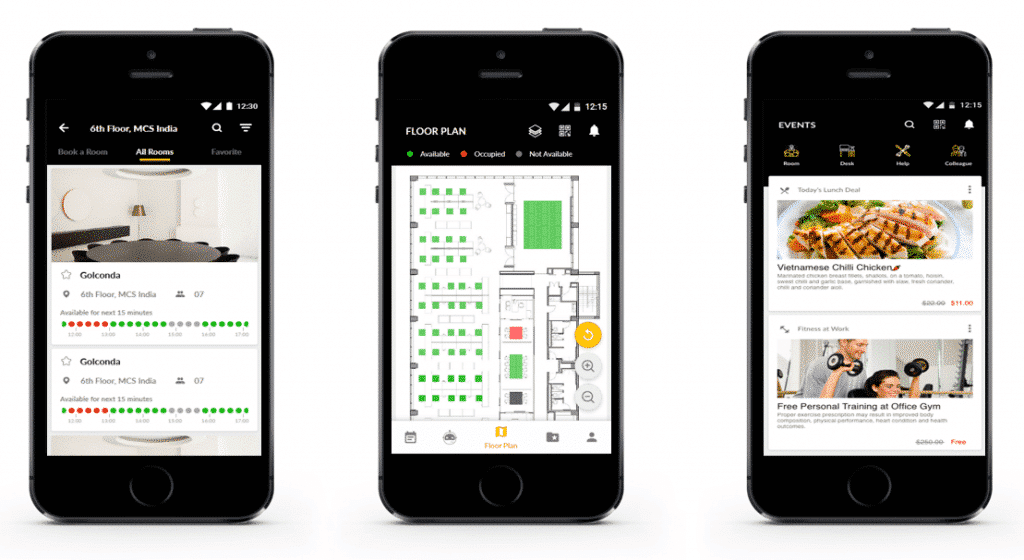
Mobile apps are a good way to inform building users about specialized services in or nearby the building. Think fitness and sports centers, lunchtime eateries and food delivery services, daycare centers, laundry, dry cleaning, and ironing services. When organizations integrate with 3rd parties and push this kind of service message through the app, it becomes easier for employees to balance work and family life.
Connecting people and creating a supportive ecosystem
Another aspect is adding social features, to connect people in the workplace. With the gig economy becoming more prevalent, this is a great way to create a sense of community and belonging. A mobile app can function as a company-wide social platform, connecting people who want to share rides or are looking for lunchtime companions. Bottom line: by connecting the building to its users and surroundings, the overall experience is improved.
Better data, better experience
Data collection through a workplace mobile app is fast and accurate. When occupants book space via their app, managers obtain more granular data on space utilization. Likewise, when employees can conveniently book tickets on the fly, this results in better asset information. And the ability for occupants to book services and give instant feedback through an app gives a more complete picture of service quality and improvement areas.
Latest evolutions of workplace mobile apps
Acting on real-time data through IoT integration
Live sensor data is very valuable to provide personal assistance in the workplace or to trigger interventions and services. Processed in a real-time analytics platform, it can be made available immediately through end-user mobile apps.
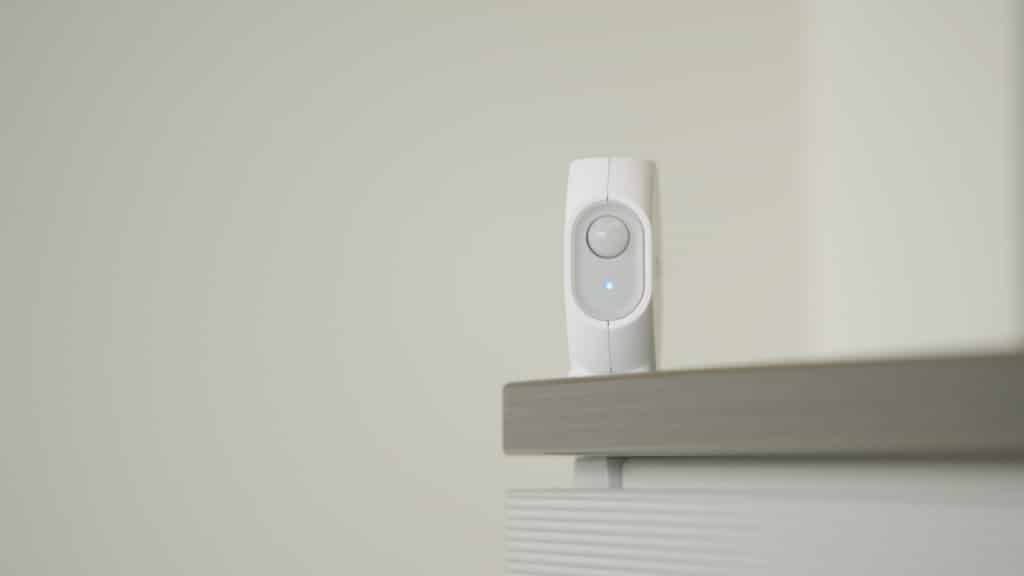
Cross-channel experience
Many professionals use multiple devices, for example, a desktop, tablet, and smartphone. Efforts are therefore being made to create a seamless cross-device experience, so that users can easily start a task on one device and continue where they left off with another.
QR codes / NFC tags
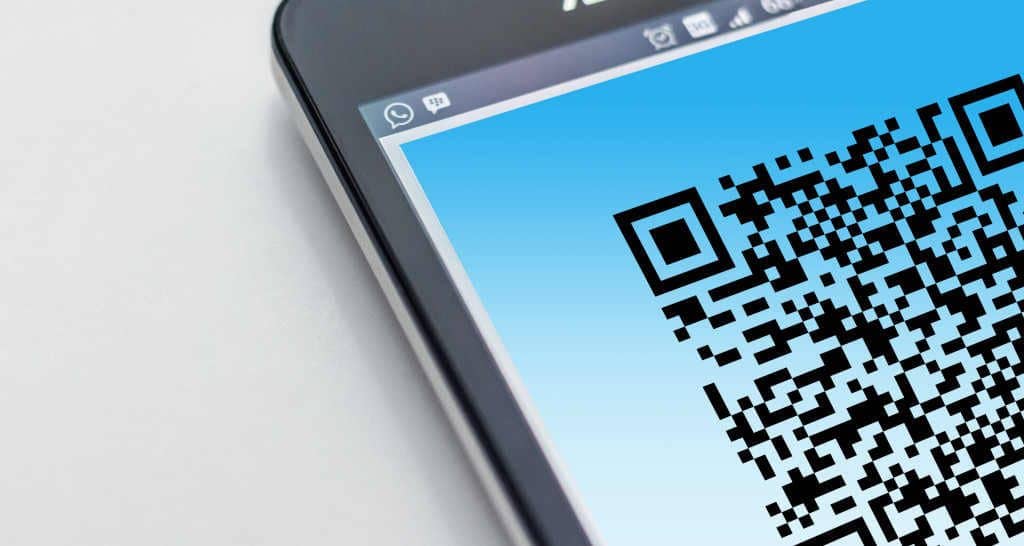
QR codes are easy to use for facility occupants (and great for service technicians). Scanning QR codes allows to directly identify an object and, for example, book a ticket to refill a drinks dispenser.
Workplace mobile apps: in conclusion
It’s easy to see how mobile apps paired with the Internet of Things are making our workplaces smarter. Buildings are becoming hubs for services and amenities that enhance the total user experience. The app is the ecosystem that brings it all together and creates value for occupants, employers, and landlords alike.

